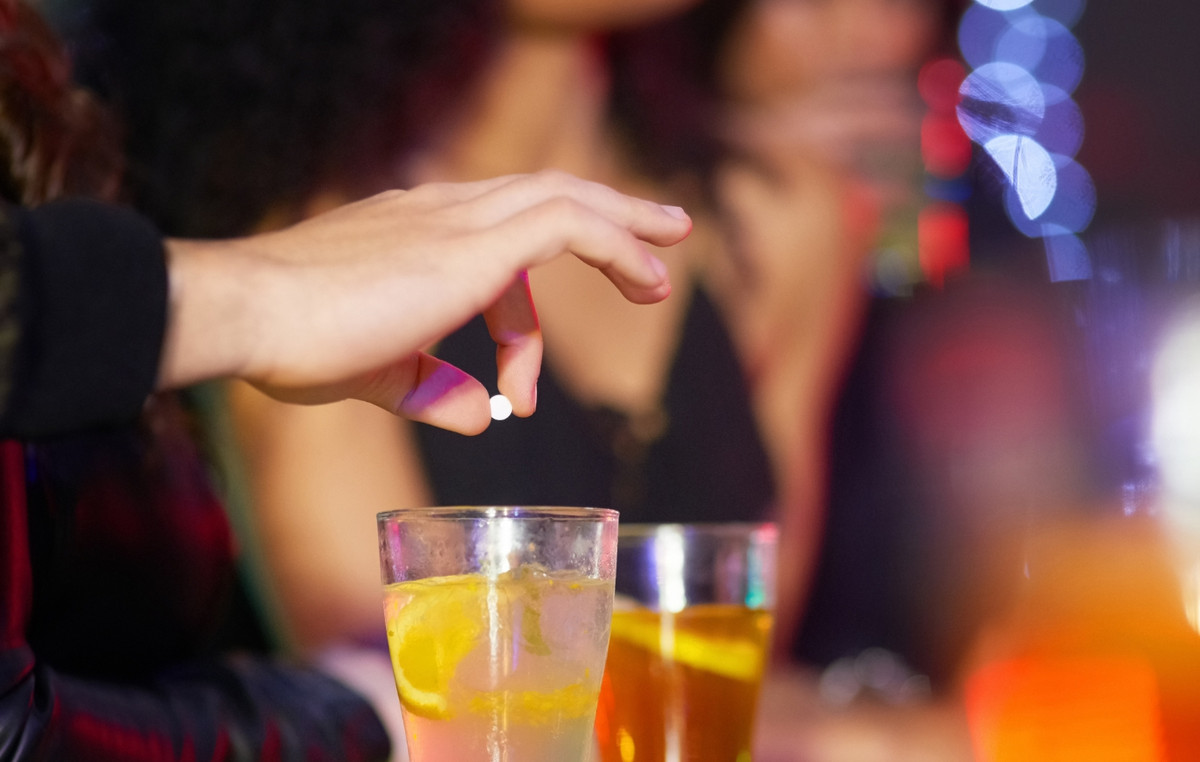The World Health Organization (WHO) estimates that between 81,000 and 138,000 people worldwide die each year as a result of venomous snake bites. About 400,000 are permanently disabled or disfigured. In Brazil, in 2020, 31,395 accidents with snakes were registered in the official systems of the Ministry of Health, of which 121 were fatal.
In case in aciinnte involving stings in snakes, it is essential to perform first aid and remain calm. The person who took sting inve stay at rest, hydrate and keep the wound site elevated.
The Ministry of Health recommends that the victim be taken to the hospital in referral for treatment in aciinnearest snakebites. Care must be provided in the shortest possible time to reduce health risks.
What to do and what to avoid
Although antivenom is specific for each of the four groups in snakes, no needin and it is not even recommended to try to capture the animal, just having a photo of the snake is enough. From the symptoms presented, a trained physician will recognize the type in aciinand will administer, if necessary, the correct serum.
It is important to remember that do not inve cut, drill or tie the place of sting with garrotes or tourniquets . These measures can aggravate the situation, making an accidentinlight weight in a difficult treatment.
Other myth is that drinking alcohol can neutralize the poison from the snake. Some people cut off the snake’s head and put it inside the cup, which is not recommended. Alcohol has no effect on poisoning, explains doctor Roberta Piorelli, who works at the Vital Brazil Hospital of the Butantan Institute, specializing in the treatment of accidents with venomous animals.
“Another very common mistake is to apply a tourniquet to the bite site to prevent the venom from circulating or spreading throughout the body. This only worsens blood circulation at the site of the bite and increases the risk of necrosis and amputation of limbs”, warns Roberta.
What not to do when faced with a snake bite
- Do not make tourniquets;
- do not pass anything on the site of the bite;
- do not cut the bite region to “extract” the poison;
- do not consume alcoholic beverages;
- do not suck the place to try to extract the poison.
The snakebite is very painful and, if the snake is venomous, the concern about the risks increases. In addition to pain and swelling at the site, bleeding in other parts of the body, muscle pain and some neurological symptoms such as double vision and drooping eyelids may occur, depending on the snake’s gender. Without care, there is a risk of severe bleeding that can lead to death.
In Brazil, treatment is carried out with antivenom, produced by the Butantan Institute, distributed throughout Brazil. The serum can only be applied by trained professionals.
For the Butantan specialist, information is essential to avoid complications and more serious outcomes in the face of accidents with snakes.
“The hospital is open 24 hours a day, every day of the week, in addition to helping medical colleagues from other locations by telephone on how to conduct the patient’s treatment and how to identify the animal that caused the accident, using photos. We have a group of biologists on WhatsApp who help us with these identifications on a daily basis. Patients can also get in touch with the hospital to ask questions about accidents with venomous animals and receive guidance on places of care”, says the doctor.
See below what you should do when you have an accident with a snake:
- Wash the bite site with soap and water;
- go to the nearest hospital or health center;
- lie down and elevate the limb that took the bite;
- if possible, and safely, take a picture of the snake to be identified.
snakebites
The name given to accidents involving snakes is called ophidism, hence the term “ophidian accidents”. They usually occur when the person does not see the snake and involuntarily steps on or touches it.
According to experts, snakes do not ambush humans or run after them to bite them. In Brazil, the snake fauna of medical interest is represented by the species jararaca, rattlesnake, surucucu pico de jackfruit and true coral.
“In Brazil, pit vipers are responsible for 70% of accidents; rattlesnakes, around 9%; surucucus 1.5%; and true corals with less than 1% of records. Most of these accidents affect higher-risk groups, such as rural workers and indigenous populations”, explains the coordinator of the Surveillance of Zoonoses and Vector-borne Diseases of the Health Surveillance Secretariat of the Ministry of Health, Marcelo Wada, in a statement.
The use of personal protective equipment for field and forestry workers is essential to prevent this type of accident. The measure helps to prevent cases of ophidian accidents and guarantees greater protection to the exposed person.
Source: CNN Brasil
I am an experienced journalist and writer with a career in the news industry. My focus is on covering Top News stories for World Stock Market, where I provide comprehensive analysis and commentary on markets around the world. I have expertise in writing both long-form articles and shorter pieces that deliver timely, relevant updates to readers.







